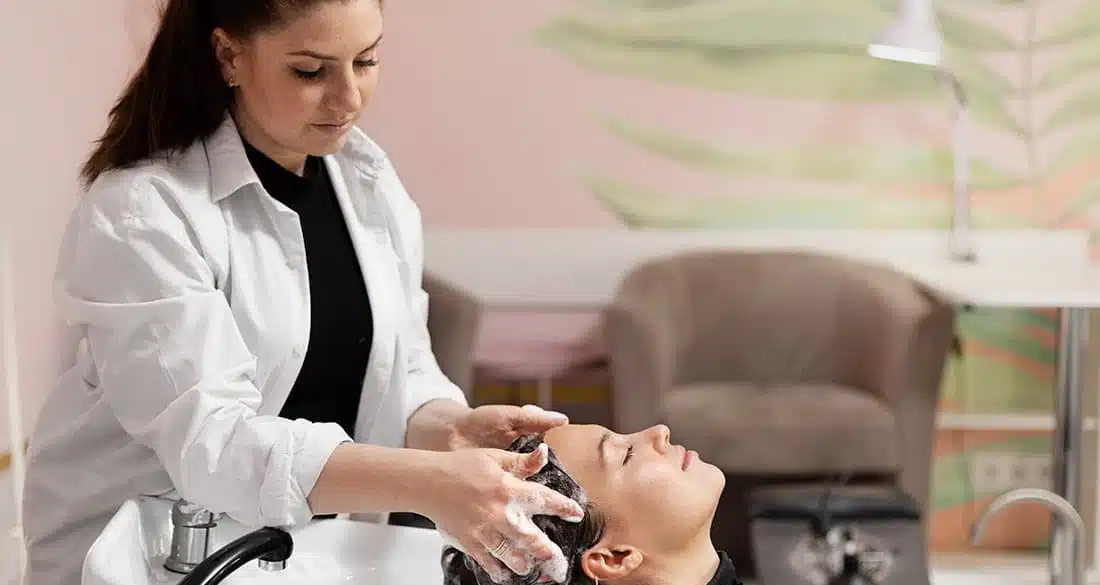Hair loss, whether gradual or sudden, can have a significant impact on an individual’s self-esteem and confidence. As a dermatologist specialising in hair health, I often encounter patients seeking guidance on how to prevent hair loss and restore their locks to their former glory. In this article, I’ll explore effective strategies for both preventing and treating hair loss, empowering individuals to take control of their hair health.
Prevention:
1. Maintain a Balanced Diet: A diet rich in vitamins, minerals, and proteins is essential for healthy hair growth. Incorporate foods high in biotin, vitamin E, iron, and omega-3 fatty acids, such as eggs, nuts, leafy greens, and fatty fish, into your meals to nourish your hair follicles from within.
2. Practice Stress Management: Chronic stress can contribute to hair loss by disrupting the hair growth cycle. Engage in stress-reducing activities such as yoga, meditation, deep breathing exercises, or hobbies you enjoy to promote relaxation and support optimal hair health.
3. Avoid Harsh Styling and Chemical Treatments: Overuse of heat styling tools, tight hairstyles, and chemical treatments can damage the hair shaft and contribute to hair breakage and loss. Opt for gentle styling techniques, use heat protectants, and minimize the use of harsh chemicals to protect your hair from damage.
4. Be Gentle with Wet Hair: Wet hair is more prone to breakage, so handle it with care. Avoid vigorous towel-drying and harsh brushing when your hair is wet, as this can lead to unnecessary damage. Instead, gently pat your hair dry and use a wide-tooth comb to detangle knots.
Treatment:
1. Topical Treatments: Over-the-counter topical treatments containing minoxidil can help promote hair growth and slow down hair loss in both men and women. Apply minoxidil directly to the scalp as directed by your dermatologist to stimulate hair follicles and encourage new hair growth.
2. Prescription Medications: For individuals experiencing pattern hair loss, prescription medications such as finasteride may be recommended. Finasteride works by blocking the hormone dihydrotestosterone (DHT), which is responsible for shrinking hair follicles in genetically predisposed individuals.
3. Platelet-Rich Plasma (PRP) Therapy: PRP therapy involves injecting platelet-rich plasma derived from the patient’s own blood into the scalp to stimulate hair follicles and promote hair growth. This minimally invasive procedure has shown promising results in improving hair density and thickness.
4. Hair Transplantation: In cases of advanced hair loss, hair transplantation surgery may be considered. During this procedure, hair follicles are harvested from donor areas and transplanted into balding or thinning areas of the scalp, resulting in natural-looking, permanent hair restoration.
By adopting a proactive approach to hair care and seeking professional guidance when needed, individuals can effectively prevent and treat hair loss, reclaiming their confidence and embracing their mane’s full potential. Remember, every strand counts, and with the right strategies in place, you can achieve healthy, vibrant hair that shines from root to tip.

